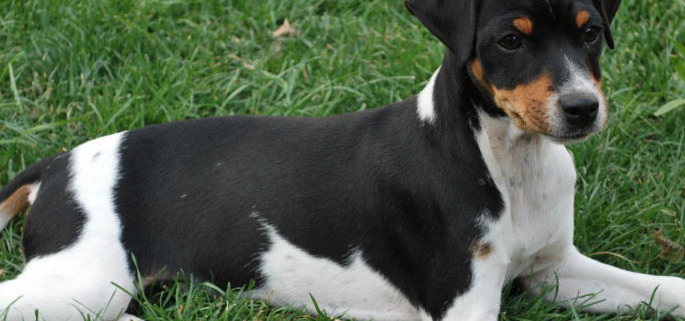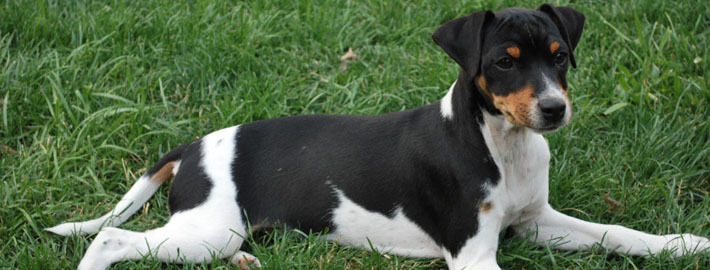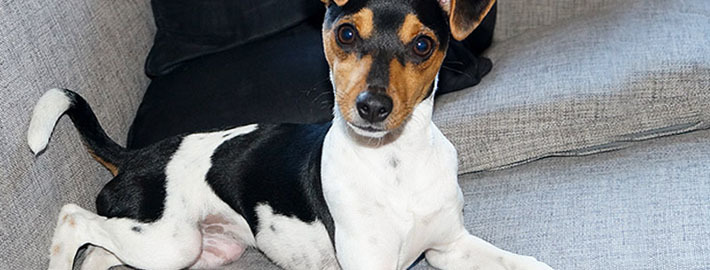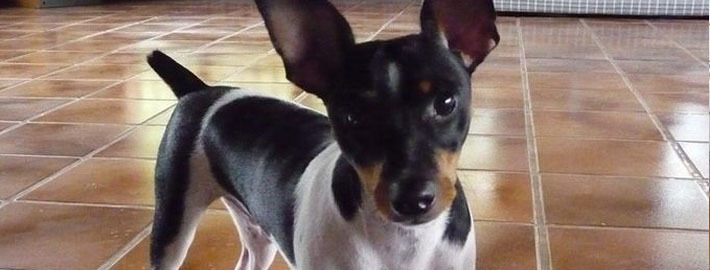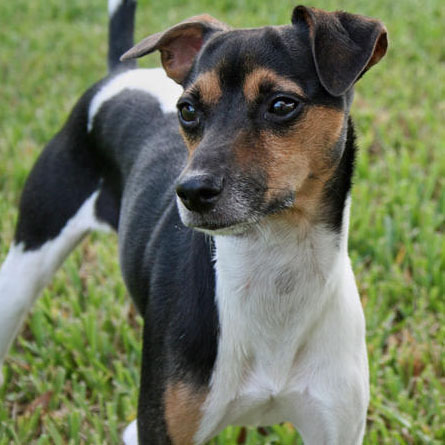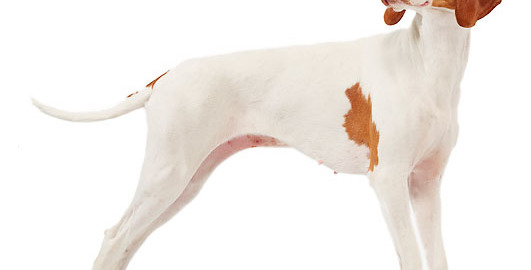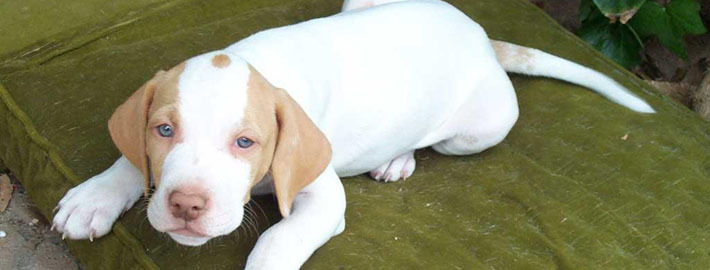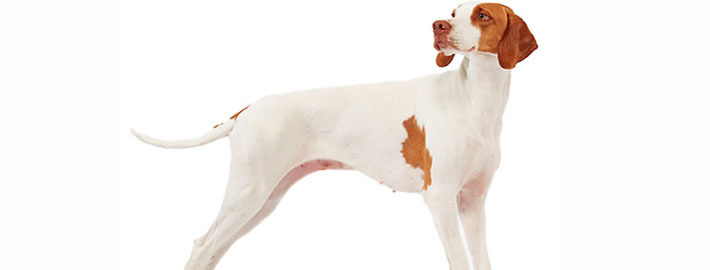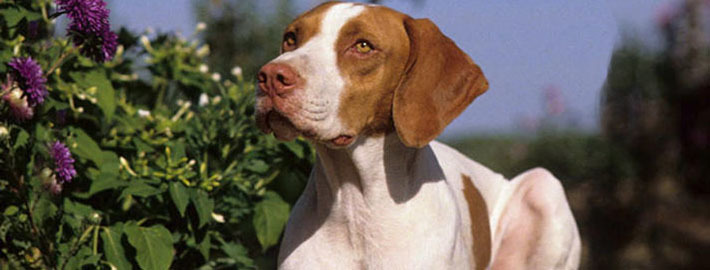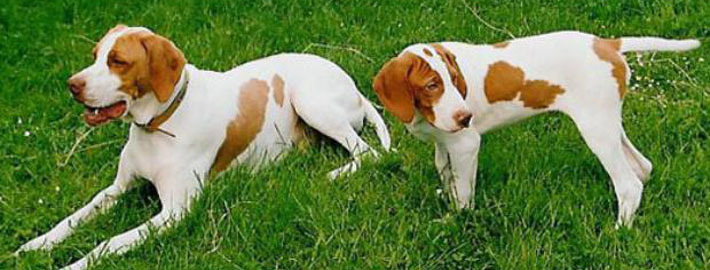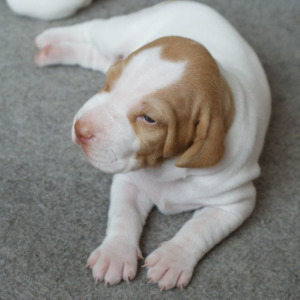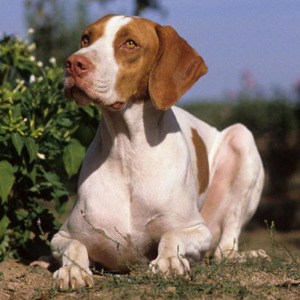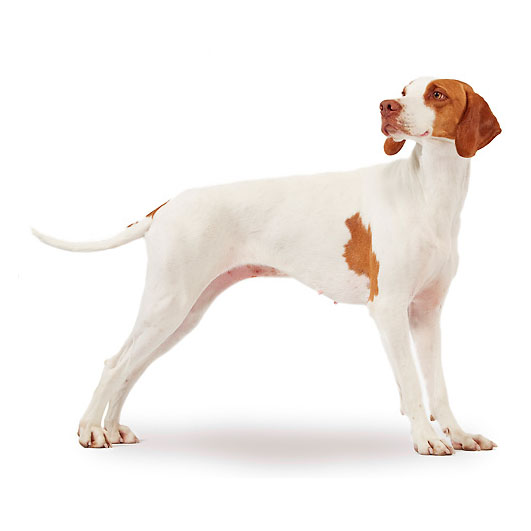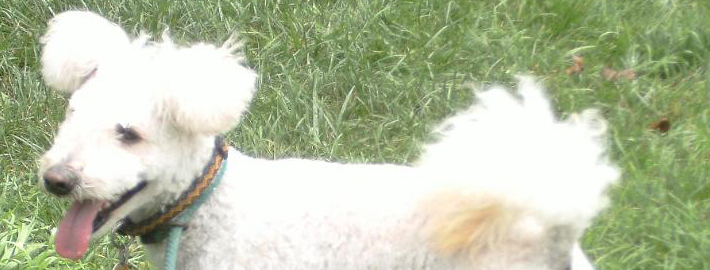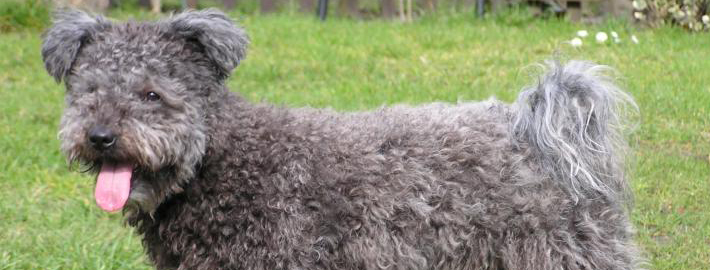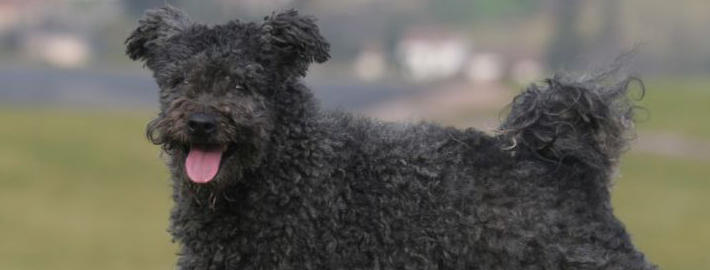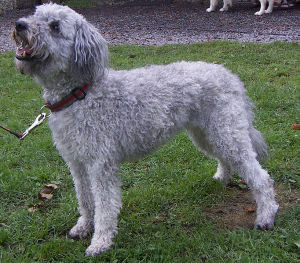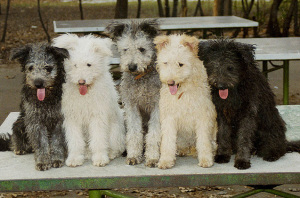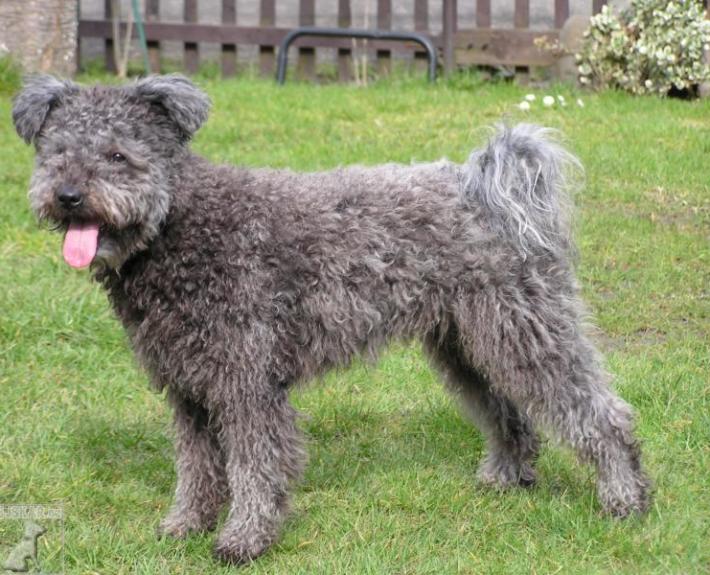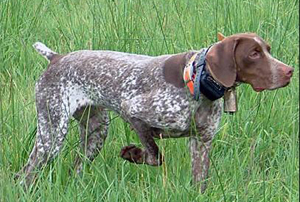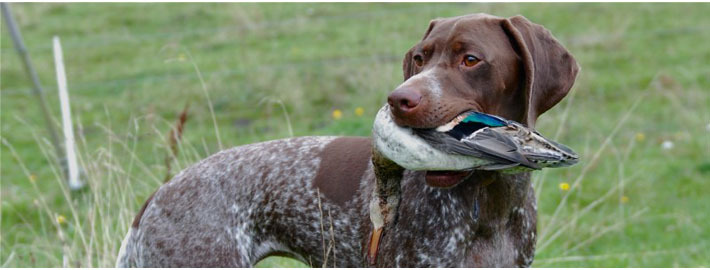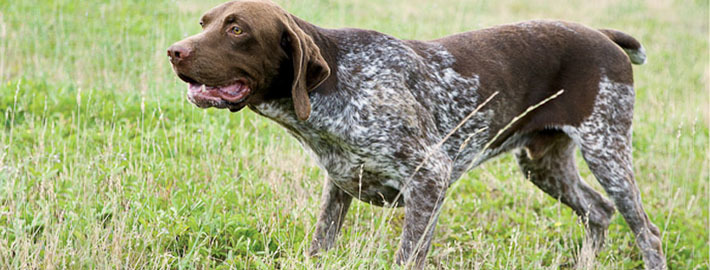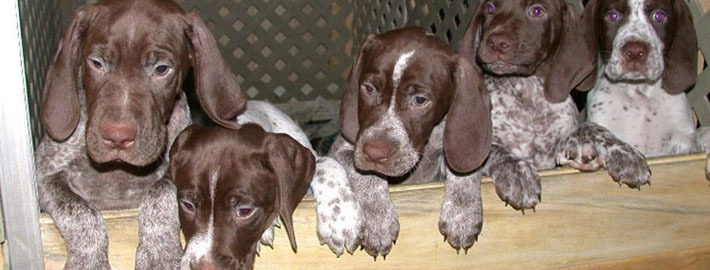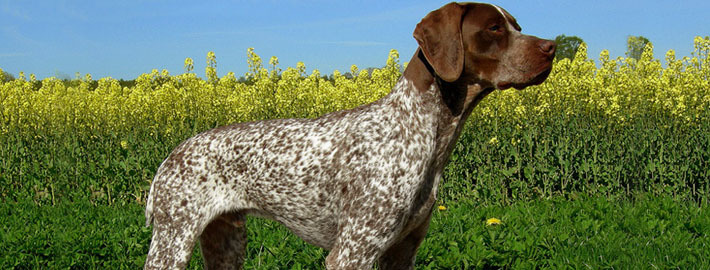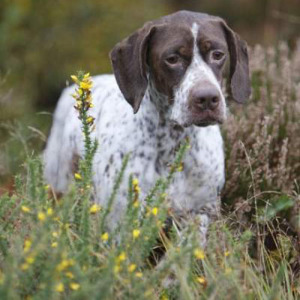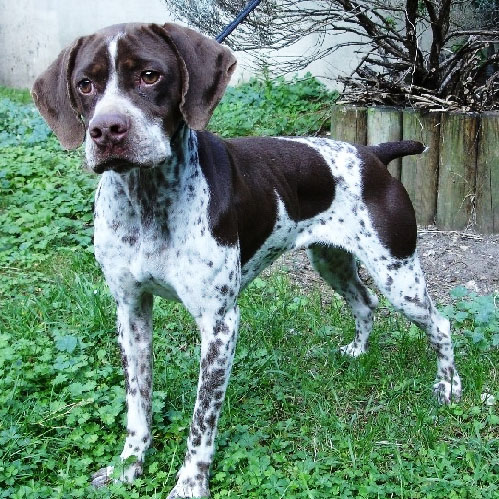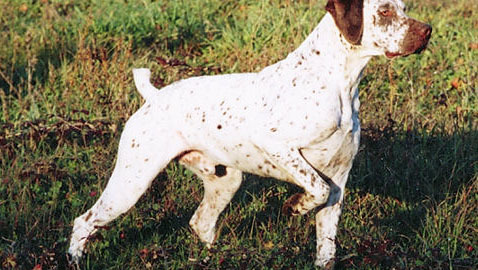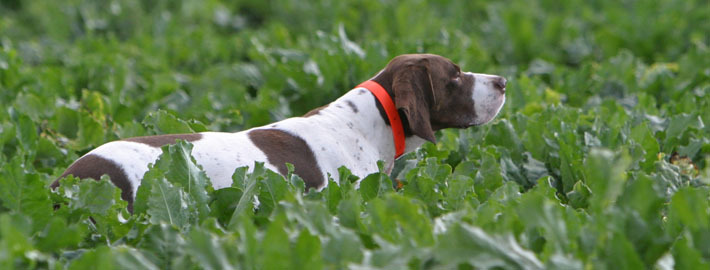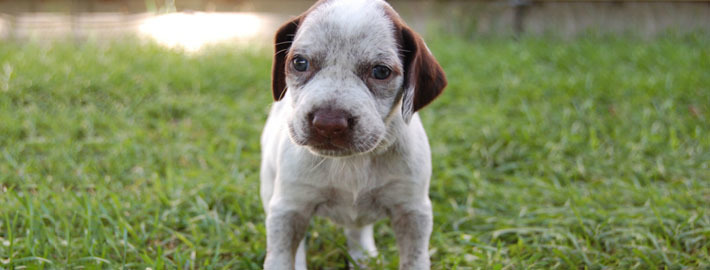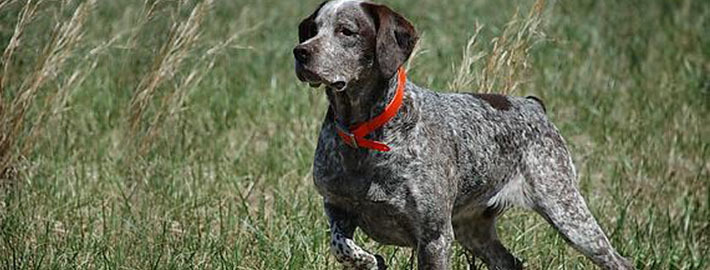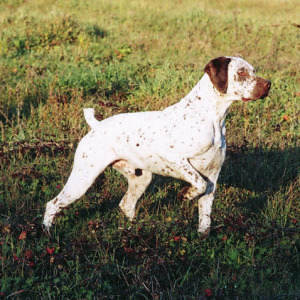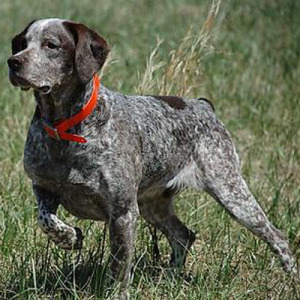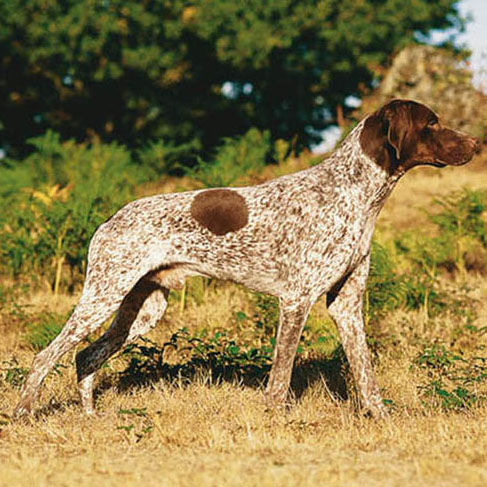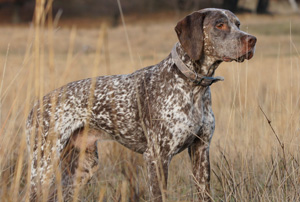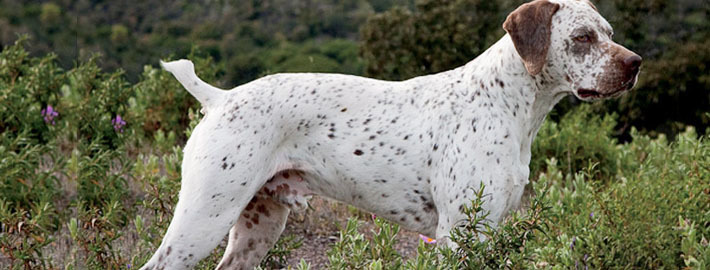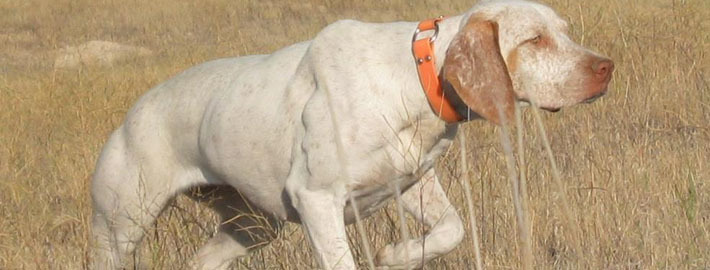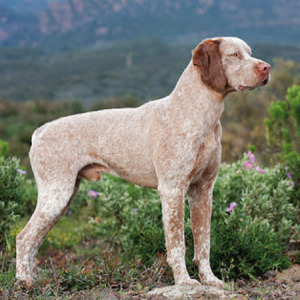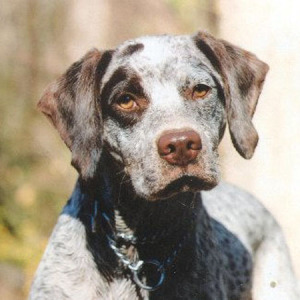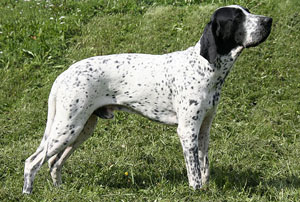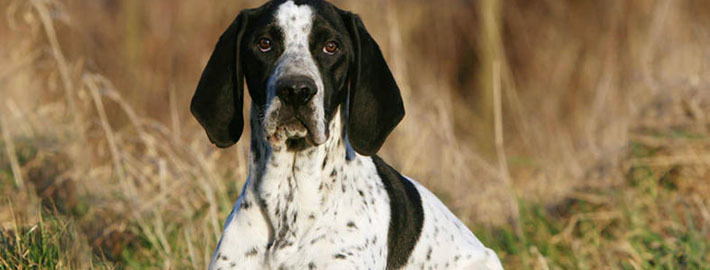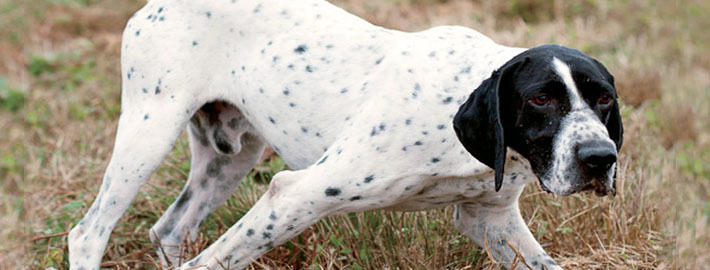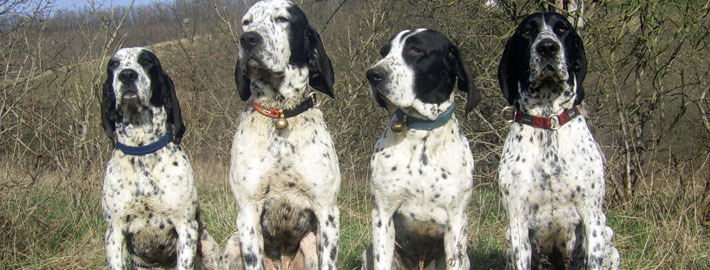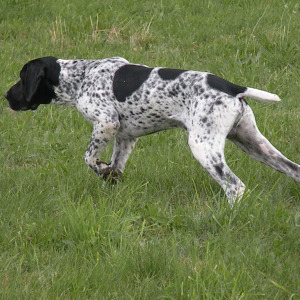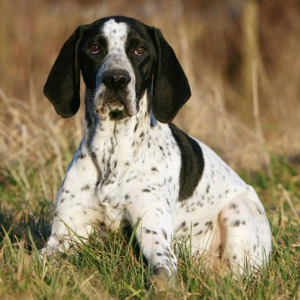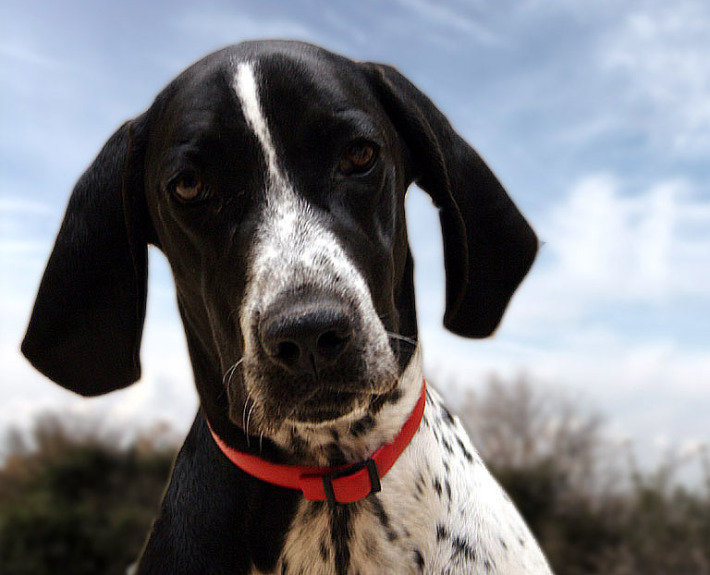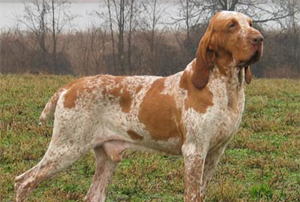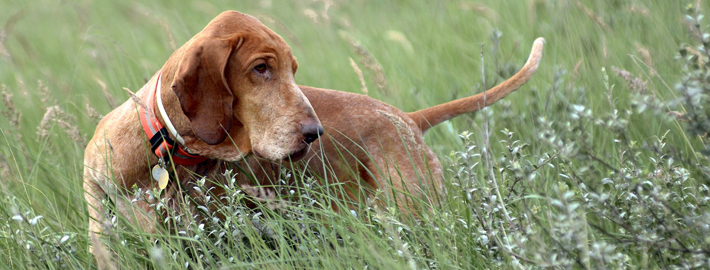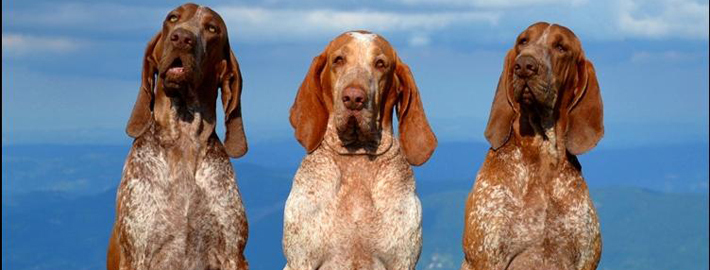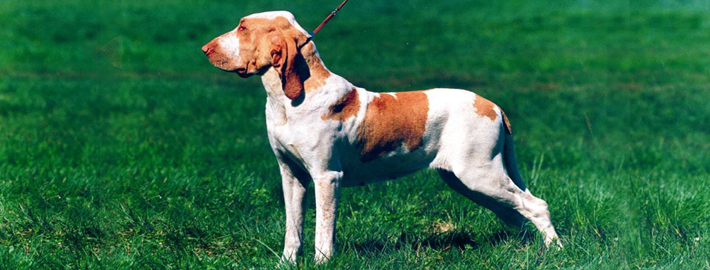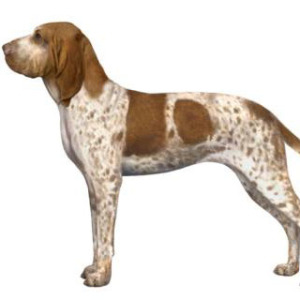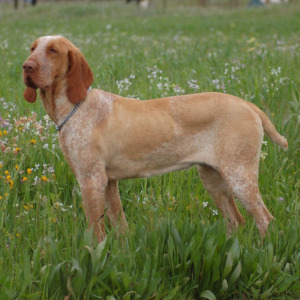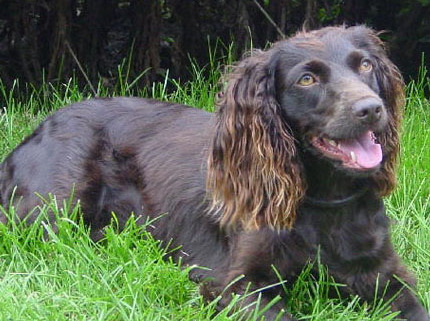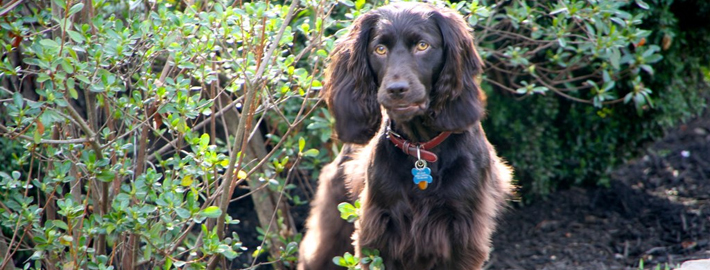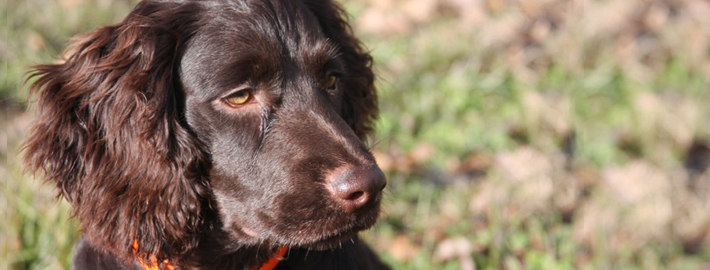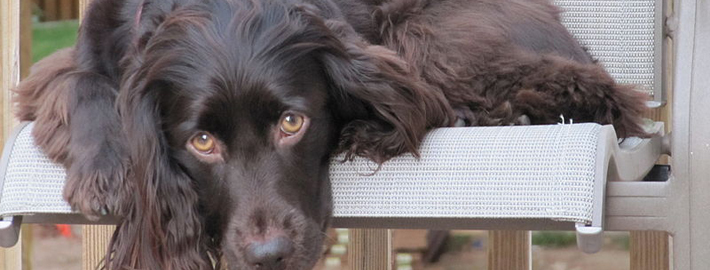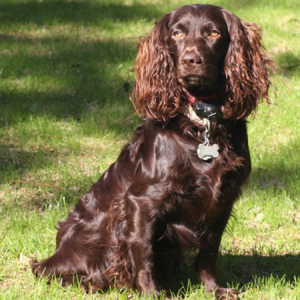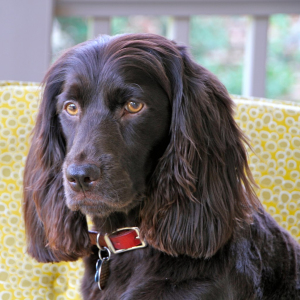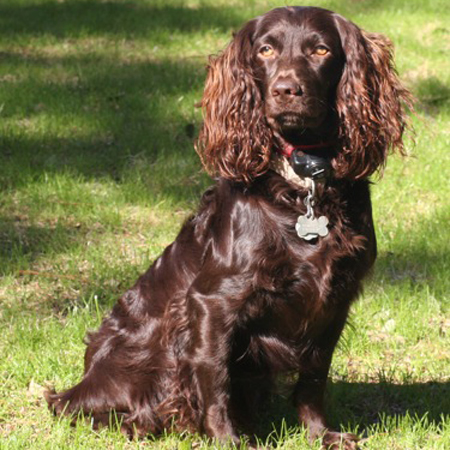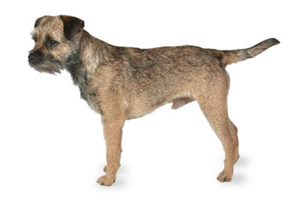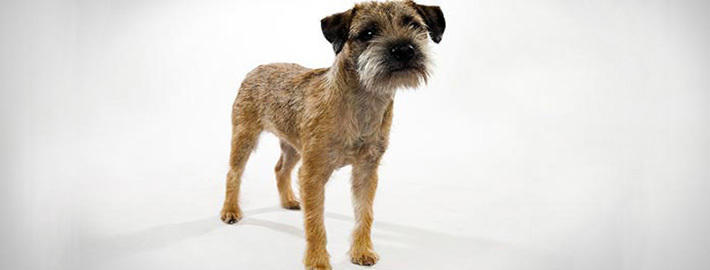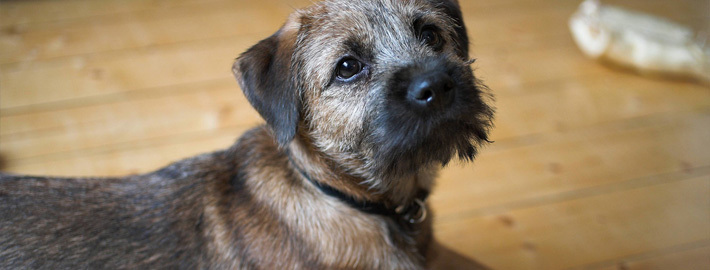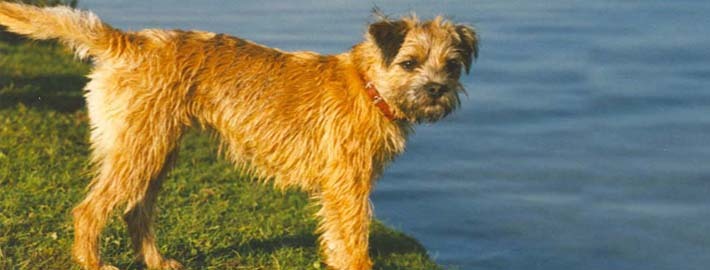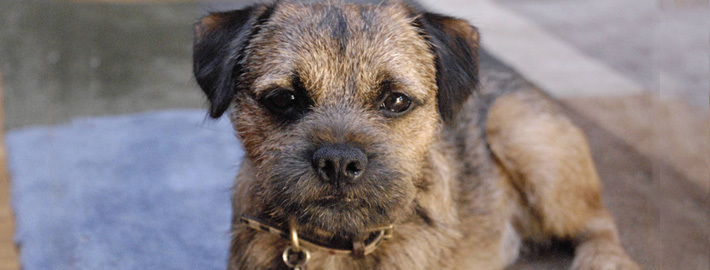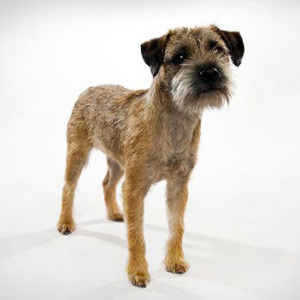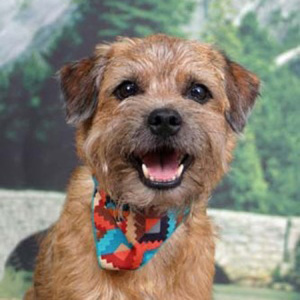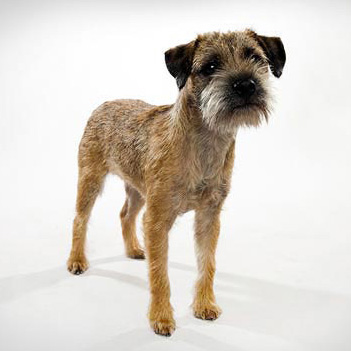Brazilian Terrier
Brazilian Terrier – The Rodents Hunter
What makes the Brazilian Terrier Unique?
The Brazilian Terrier is an alert, fearless, playful, loyal and loving family dog. He is completely devoted, and wants to play with you constantly. He seems to be springing and bouncing all the time! He’s a restless, funny, acrobatic dog who loves to run around the house, play hide and seek, and perform tricks for you. He’s intense and curious: the smallest sound or movement will catch and hold his attention.
Page Contents
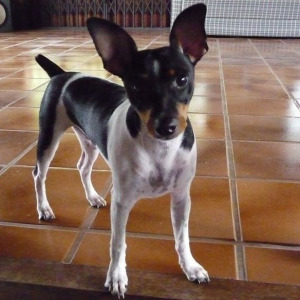
SnapShot
Is the Brazilian Terrier Right For You?
Brazilian Terriers is very similar to a Jack Russell Terrier, very alert, perky, intelligent and alert. Very friendly, loves to play and dig holes. Spirited and obedient but fearless, as watchdogs they will only bark to get your attention and then leave the rest up to you. This breed needs a firm, consistent and confident pack leader, otherwise, they will become willful and determined. Their hunting instinct is the strongest among average terriers and should not be trusted with other small animals.
Brazilian Terriers are almost always happy and provide entertainment without really knowing it. Laugh at one and it will laugh back, completely unaware it’s the butt of the joke.
Small apartments or spaces are not good for this type of dog, because they are very active, an average size yard is highly recommended. It also needs both, physical and mental activities to be happy, a common tendency is becoming destructive and restless if kept indoor, long daily walks is the best option.
In 5 Words
- Restless
- Alert
- Gentle
- Friendly
- Keen
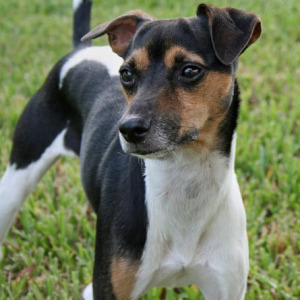
Characteristics
Learn About the Brazilian Terrier
Description
The Brazilian Terrier is known in Brazil for its fearless rodent hunting skills. Because of this, the breed has a strong prey drive and should be supervised around small animals and children.
These dogs are also highly focused when they choose to be, which can help with training but also means that you need a clear alpha leader. Because they are rat terriers, these dogs are great diggers, so you’ll have to act fast to prevent the lawn from disappearing.
The Brazilian Terrier has relatively few health problems, the most common being eye and thyroid problems and skin allergies.
Short History of the Brazilian Terrier
The Brazilian Terrier is known as “the dog of the common people” in Brazil. Its other names are the Fox Paulistinha and the Terrier Brasileiro. It shares the honor of being only one of two native breeds to Brazil; the other, a very different breed, is the Fila Brasileiro. It is said that families keep a Brazilian Terrier to alert them to intruders and a Filo Brasileiro to take care of the intruders.
Its ancestor is probably the Jack Russell Terrier, which was brought to Brazil in the 19th century and crossed with the Miniature Pinscher, the Chihuahua, and other breeds to create the Brazilian Terrier. They were bred to work individually and in packs.
Brazilian Terriers were registered in 1973. They are mostly unknown outside of Brazil.
Temperament
The temperament of the Brazilian Terrier is best described as being like a big Jack Russell Terrier. They are very perky, alert, intelligent and frisky. This breed loves to play and will do so the whole time they are with their owners. They love to bark and dig and make good watchdogs. Tell this dog after they bark to warn you of something, that is enough and you will take care of things from there. They are great ratters, excellent at tracking and dispatching the rodents that inhabit rural ranches in Brazil. This devoted, loving dog needs an owner who is familiar with the terrier personality; one who can be a strong pack leader. Spirited and obedient, yet absolutely fearless, the Brazilian Terrier is friendly and generally kind to children. Children need to be taught how to be kind to the dog, but also how to be the dog’s leader. This intelligent breed needs firm, experienced training, along with a firm, consistent, confident pack leader, or it will become willful and determined. To avoid behavior problems, the Brazilian Terrier needs rules it must follow and limits as to what it is and is not allowed to do, in order to prevent Small Dog Syndrome, human induced behaviors, where the dog believes he is pack leader to humans. They have strong hunting instincts (stronger than your average terrier) and should not be trusted with other small animals. They like to chase and explore. Be careful not to let them off the lead unless they are very well-trained.
Caring for Your Brazilian Terrier
Grooming & Bathing
The short coat of a Brazilian terrier requires little grooming. The dog is a medium shedder and requires occasional brushing.
Exercise & Training
If you are planning to adopt Brazilian Terrier, you will not have a hard time when it comes to training because Brazilian terriers are quite focus when it comes to following commands. You can teach them tricks for as many as you can. Their fair level of energy just equals to the comprehension that they can contain in terms of learning tricks.
The Brazilian Terrier needs mental and physical activity to be happy. They tend to get restless and destructive if not kept fruitfully occupied and well exercised. They need to be taken on a long daily walk.

